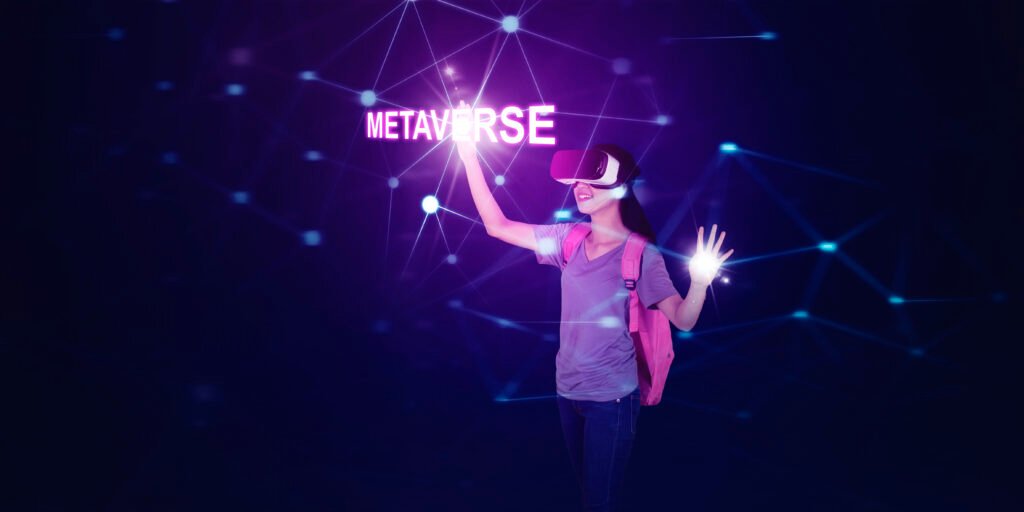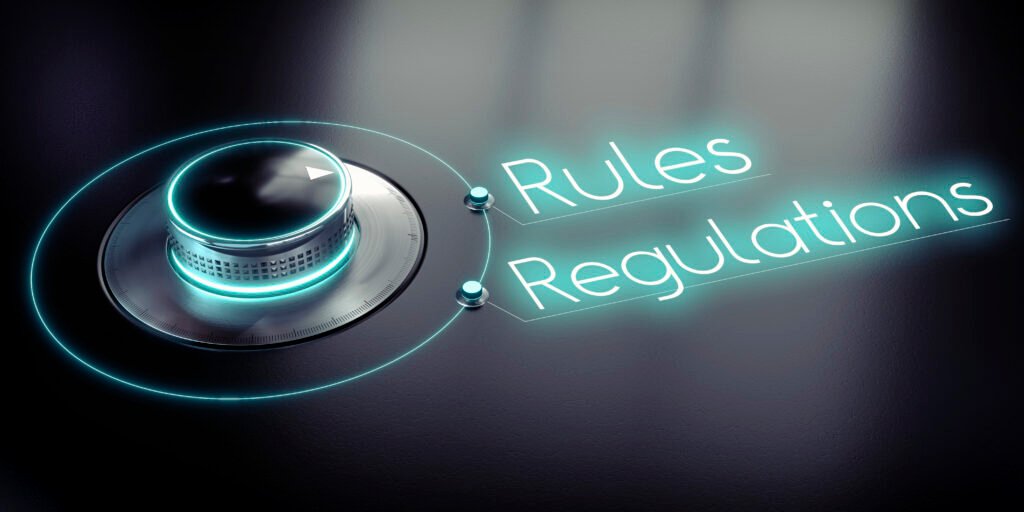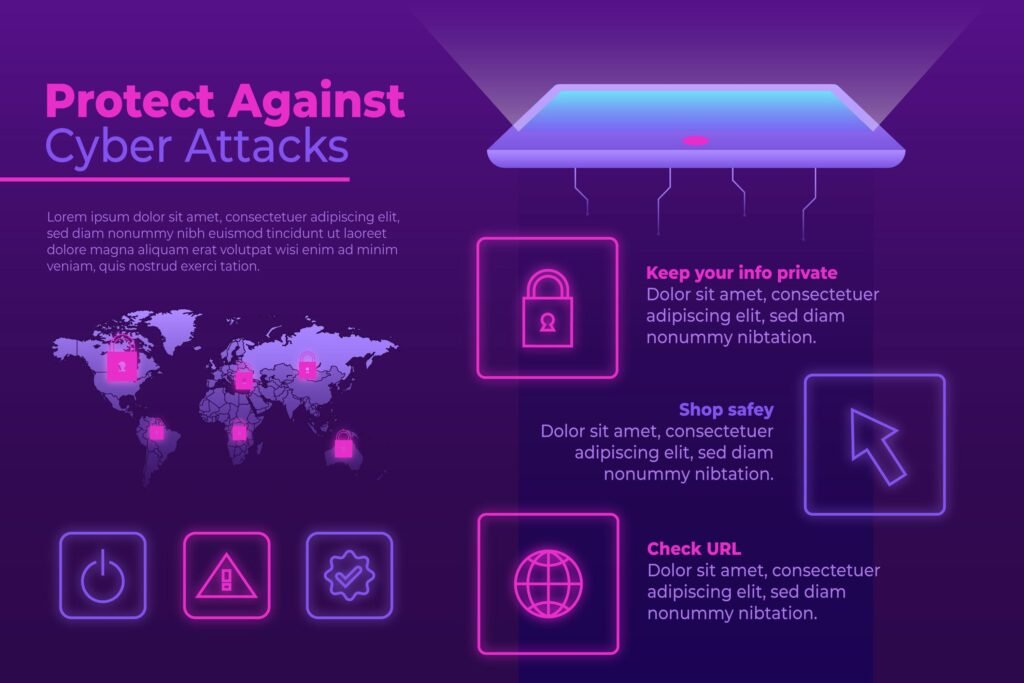New Social Engineering Attacks Are Evolving – Are You Ready?
New Social Engineering Attacks Are Evolving – Are You Ready? INTRODUCTION In the ever-evolving cybersecurity landscape of the present day, New Social Engineering Attacks are evolving into a serious threat to organizations and users across the globe. Cyber-attackers continuously invent new methods, exploit human psychology, and incorporate new technologies so that they can execute highly sophisticated New Social Engineering Attacks. New Social Engineering Attacks trick users into revealing sensitive information, clicking malicious links, or performing actions that violate security paradigms. Understanding how New Social Engineering Attacks operate and how to prevent them is crucial in today’s digital world. This blog will explore the latest trends in New Social Engineering Attacks, real-world case studies, prevention strategies, and best practices to safeguard yourself and your organization. What Are New Social Engineering Attacks? New Social Engineering Attacks are deceptive tactics used by cybercriminals to get individuals to disclose sensitive information. In contrast to traditional hacking methods that take advantage of technical vulnerabilities, social engineering attacks focus on human psychology and trust. Some of the latest New Social Engineering Attacks include: Deepfake Scams – Artificially generated videos and audio recordings impersonating trusted people. Vishing (Voice Phishing) – Fake phone calls that deceive victims into disclosing sensitive information. Business Email Compromise (BEC) – Spoof emails from colleagues or executives. AI-Powered Phishing – Highly customized and automated phishing. Social Media Deception – Spoofed profiles and messages to trick users into clicking on malware links. QR Code Phishing (Quishing) – Malicious QR codes are utilized by attackers to direct victims to phishing websites. Smishing and Sim-Swap Attacks – Phishing with SMS complemented by SIM card cloning to bypass security limitations. How Emerging Social Engineering Attacks Are Evolving Cyber attackers are adopting advanced techniques to enhance New Social Engineering Attacks. Some of the key trends are: 1. AI and Automation in Social Engineering Artificial Intelligence (AI) has revolutionized New Social Engineering Attacks, and they have become more realistic and difficult to detect. Attackers use AI to: Design personalized phishing emails in batches. Produce fake videos by deepfakes imitating live individuals. Auto-iterate chatbot scams which involve victims in real-time. 2. Multi-Stage Attacks New Social Engineering Attacks are no longer solo cons. Scammers use many stages to win over the victims before they launch. For example: A con artist may first connect on LinkedIn, then later send a cloned email that seems real. Attackers can post a harmless message as an advance to a counterfeit request. 3. Attacking Remote Workers Remote work has exposed employees to New Social Engineering Attacks more. With no watchful eyes over them, remote workers can become victims of: Impersonation IT support tricks that ask for login credentials. Fake corporate email messages that call for sensitive details. Home network attacks that reach less secure home devices. Vphishing virtual meeting invitations that deceive employees into clicking harmful links. 4. The Emergence of Hybrid Attacks New Social Engineering Attacks of the day are combined with a number of techniques to attain maximum success. Hybrid attacks may involve: Phishing email with a follow-up spoofed phone call. Spam social media accounts sending spam links via direct messages. Smishing (SMS phishing) with email scams. QR code phishing with spoofed customer service calls. 5. Leverage of Compromised Business Processes Attackers target business processes, e.g., payment of invoices or HR emails, to insert forged transactions or extract personal data. Examples of New Social Engineering Attacks in the Real World Case Study 1: CEO Deepfake Scam A company executive was phoned by his “CEO” and instructed to wire $200,000 into an offshore account. The voice of the caller was generated with AI deepfake technology, and the employee was successfully tricked. Case Study 2: COVID-19 Phishing Scams During the pandemic, attackers launched New Social Engineering Attacks rooted in fear and uncertainty. Fake emails from government health authorities tricked users into clicking malware-infected links. Case Study 3: LinkedIn Spear Phishing Attackers created fake LinkedIn accounts to target employees. Having built rapport for weeks, they launched phishing emails posing as job offers, leading to credential theft. Case Study 4: Fake QR Code Payments One restaurant displayed a duplicate QR code as payment and brought customers to an imposter payment page where the scammers appropriated credit card numbers. How to Defend against New Social Engineering Attacks 1. Employee Knowledge and Training Constantly implement security training about New Social Engineering Attacks. Make employees aware of how to spot suspicious emails, calls, and messages. Empower employees with the knowledge that they should ask questions when encountering unusual requests for confidential information. Train on deepfake detection and AI-fueled scams. 2. Multi-Factor Authentication (MFA) Enable MFA across all critical accounts to prevent unauthorized entry. Even if an attacker steals a password, MFA can block unauthorized login. Do not rely solely on SMS-based MFA; use authentication apps or hardware tokens instead. 3. Authenticating Requests Always authenticate requests for sensitive information via an alternate communication channel. Call the person directly instead of answering a suspicious email. Avoid haste or being emotionally manipulated messages. 4. Implementing Email Security Practices Utilize email filtering products to identify and block phishing attacks. Make domain-based email authentication (DMARC, SPF, DKIM) accessible. Tag emails from external domains that impersonate internal mail. 5. Secure Your Social Media Accounts Limit online sharing of personal information. Be cautious with accepting friendship requests from new individuals. Monitor privacy settings frequently and restrict access to personal information. 6. Monitor and Audit Access Logs Regularly monitor login attempts and access logs for unusual activities. Implement real-time monitoring software to detect anomalies. Set up alarms for unusual login locations or IP addresses. Future of New Social Engineering Attacks As technology evolves, New Social Engineering Attacks will become increasingly sophisticated. Some emerging threats to watch out for are: Quantum-Enabled Cyber Attacks – Next-generation quantum computing can break current encryption methods. AI-Driven Chatbots for Scamming – Cyber attackers using AI chatbots to scam users in real-time. 5G Exploits – Faster networks create more attack surfaces. Voice Cloning Attacks – Attackers using deepfake voice cloning for fraud. Malicious Augmented
New Social Engineering Attacks Are Evolving – Are You Ready? Read More »









